Deep Conditioning: A Necessity for Healthy Curls

Curly hair is a beautiful expression of individuality, but it comes with its own set of challenges. If you've ever struggled with dryness, frizz, or breakage, you're not alone. One of the most effective ways to combat these issues is through deep conditioning. Let's explore why deep conditioning is not just beneficial but essential for maintaining healthy, vibrant curls.
Why Deep Conditioning Is Essential for Curly Hair
The Science Behind Curly Hair Structure
Curly hair differs from straight hair in its structure. The natural twists and turns of curls make it difficult for the scalp's natural oils to travel down the hair shaft, leading to dryness. Additionally, curly hair often has a more porous cuticle, which means it can absorb moisture quickly but also lose it just as fast. This unique structure necessitates extra care and hydration to maintain its health and appearance.
Common Issues: Dryness, Breakage, and Frizz
Curly hair is prone to several common issues:
-
Dryness: Due to its structure, curly hair doesn't retain moisture well, leading to a dry and brittle texture.
-
Breakage: Lack of moisture and elasticity can cause hair strands to break easily.
-
Frizz: Without adequate hydration, curls can become frizzy and unmanageable.
These challenges highlight the importance of incorporating deep conditioning into your hair care routine.
Role of Deep Conditioning in Moisture Retention
Deep conditioning treatments are designed to penetrate the hair shaft, providing intense hydration and nourishment. They help to:
-
Restore moisture balance
-
Strengthen hair strands
-
Improve elasticity
-
Reduce frizz
By regularly deep conditioning, you can address the inherent dryness of curly hair and promote overall hair health.
Benefits of Deep Conditioning for Curly Hair
Improved Elasticity and Reduced Breakage
Deep conditioning treatments infuse hair with essential nutrients and moisture, enhancing its elasticity. Improved elasticity means your curls can stretch and return to their original shape without breaking, reducing the likelihood of split ends and breakage.
Long-Lasting Hydration and Shine
Hydrated hair reflects light better, resulting in a natural shine. Deep conditioning helps lock in moisture, keeping your curls hydrated for longer periods and giving them a healthy, glossy appearance.

Enhanced Curl Definition
Well-moisturized curls are more defined and less prone to frizz. Deep conditioning helps maintain the natural pattern of your curls, making them more pronounced and manageable.
Frizz Control and Manageability
Frizz usually stems from a lack of moisture and a raised hair cuticle. Deep conditioning helps restore hydration and smooth the cuticle, minimizing frizz. This results in softer, more manageable curls that are easier to style. Regular treatments create a smoother texture and improve overall curl definition and control.
How Often Should You Deep Condition Curly Hair?
Weekly vs. Bi-weekly Routine
The frequency of deep conditioning depends on your hair's specific needs:
-
Weekly: Ideal for dry or damaged hair that requires regular hydration.
-
Bi-weekly: Suitable for hair that is relatively healthy and doesn't need as much moisture.
Listening to your hair and observing how it responds will help you determine the best routine.
Signs You’re Over or Under Conditioning
-
Over-conditioning: Hair feels overly soft, limp, or lacks volume. This may indicate too much moisture and not enough protein.
-
Under-conditioning: Hair feels dry, brittle, or frizzy, suggesting a need for more hydration.
Balancing moisture and protein is key to maintaining healthy curls.
Customizing Frequency by Curl Type (2A–4C)
Different curl types have varying needs:
-
2A–2C (Wavy): Deep condition every 2–3 weeks.
-
3A–3C (Curly): Deep condition weekly.
-
4A–4C (Coily/Kinky): Deep condition weekly or even more frequently if needed.
Understanding your curl type helps tailor your deep conditioning routine effectively.
Ingredients to Look for in Deep Conditioners
Moisturizing Ingredients: Aloe Vera, Shea Butter, Glycerin
These ingredients are known for their hydrating properties:
-
Aloe Vera: Soothes the scalp and moisturizes hair.
-
Shea Butter: Provides deep moisture and seals in hydration.
-
Glycerin: Attracts moisture from the environment into the hair shaft.
Incorporating products with these ingredients can significantly improve hair moisture levels.
Protein-Rich Conditioners: Who Needs Them?
Protein treatments strengthen hair by repairing damage and reinforcing the hair shaft. They're particularly beneficial for:
-
Hair that's chemically treated or heat-styled
-
Hair experiencing breakage or lacking elasticity
However, it's important to balance protein treatments with moisturizing ones to avoid protein overload.
Avoiding Harmful Additives: Sulfates, Silicones
Some ingredients can be detrimental to curly hair:
-
Sulfates: Harsh detergents that strip natural oils.
-
Silicones: Can build up on hair, leading to dryness and dullness.
Opt for products free from these additives to maintain healthy curls.

Deep Conditioning Techniques for Maximum Results
Heat Caps vs. Steaming
Applying heat during deep conditioning can enhance product penetration:
-
Heat Caps: Provide consistent, dry heat to open the hair cuticle.
-
Steamers: Use moist heat, which can be gentler and add extra hydration.
Both methods can improve the effectiveness of deep conditioning treatments.
Overnight Conditioning Pros & Cons
Pros:
-
Allows for extended moisture absorption
-
Can lead to softer, more hydrated hair
Cons:
-
Risk of over-conditioning
-
Potential for scalp irritation
If you choose to deep condition overnight, use a product designed for long-term use and monitor your hair's response.
Application Tips for Even Coverage
-
Apply conditioner to clean, damp hair
-
Section hair to ensure even distribution
-
Use a wide-tooth comb to detangle and spread the product
-
Focus on the ends, where hair is most prone to dryness
Proper application ensures that each strand receives the benefits of the treatment.
DIY vs. Store-Bought Deep Conditioners
Pros & Cons of Each Approach
DIY:
-
Pros: Cost-effective, customizable, natural ingredients
-
Cons: Short shelf life, time-consuming preparation
Store-Bought:
-
Pros: Convenient, formulated for specific hair needs, longer shelf life
-
Cons: Can be more expensive, may contain unwanted additives
Choosing between DIY and store-bought depends on your preferences, budget, and hair needs.
Top DIY Recipes for Natural Hair
Avocado & Honey Mask:
1. Mash one ripe avocado
2. Mix with two tablespoons of honey
3. Apply to hair, leave for 30 minutes, then rinse
Banana & Coconut Oil Mask:
1. Blend one banana with two tablespoons of coconut oil
2. Apply to hair, leave for 20 minutes, then rinse
3. These natural masks provide deep hydration and nourishment for curly hair.
Trusted Product Recommendations
When opting for store-bought options, consider products specifically formulated for curly hair and free from harmful additives. Look for deep conditioners that contain natural oils, proteins, and humectants to provide optimal moisture and strength.
Common Mistakes When Deep Conditioning
Leaving It in Too Long
While it might seem beneficial, leaving a deep conditioner on for too long can lead to over-conditioning, making hair feel mushy or limp. Always follow the recommended time on the product label.
Not Using Heat
Heat helps open the hair cuticle, allowing the conditioner to penetrate more effectively. Skipping this step can reduce the treatment's efficacy.
Product Build-Up from Overuse
Overusing deep conditioners without proper cleansing can lead to product build-up, weighing down curls and causing dullness. Incorporate regular clarifying treatments to prevent this issue.
Deep Conditioning and Protective Styles
Prepping Hair for Braids/Twists
Before installing protective styles like braids or twists, it's important to deep condition your hair. This ensures your strands are properly hydrated, nourished, and strong enough to handle tension from styling. Deep conditioning beforehand helps reduce the risk of breakage, keeps your curls supple, and provides a solid foundation for long-lasting, healthy protective styles.
Post-Style Deep Moisture Recovery
Once you take down braids, twists, or other protective styles, your hair often feels dry or stressed. Deep conditioning at this stage replenishes lost moisture, restores elasticity, and strengthens the hair shaft. It also helps ease the detangling process and minimizes shedding or breakage, ensuring your curls bounce back with vitality after extended styling.
Maintaining Scalp Health
A nourished scalp is the root of healthy hair growth. During deep conditioning sessions, gently massage your scalp using fingers or a scalp massager along with a lightweight oil like jojoba or tea tree. This not only enhances blood circulation but also helps reduce flakiness and dryness, creating a balanced, hydrated environment for strong, healthy curls to thrive.
Conclusion
Deep conditioning is not just an occasional treat for your curls—it's a necessary step in maintaining their health, strength, and beauty. By understanding your hair's unique needs and incorporating regular deep conditioning treatments, you can achieve and maintain vibrant, well-defined curls.
For those seeking personalized hair care solutions, Gorgeous Strands offers a range of services tailored to your unique hair needs. Explore our offerings at Gorgeous Strands to discover how we can support your journey to healthier hair.




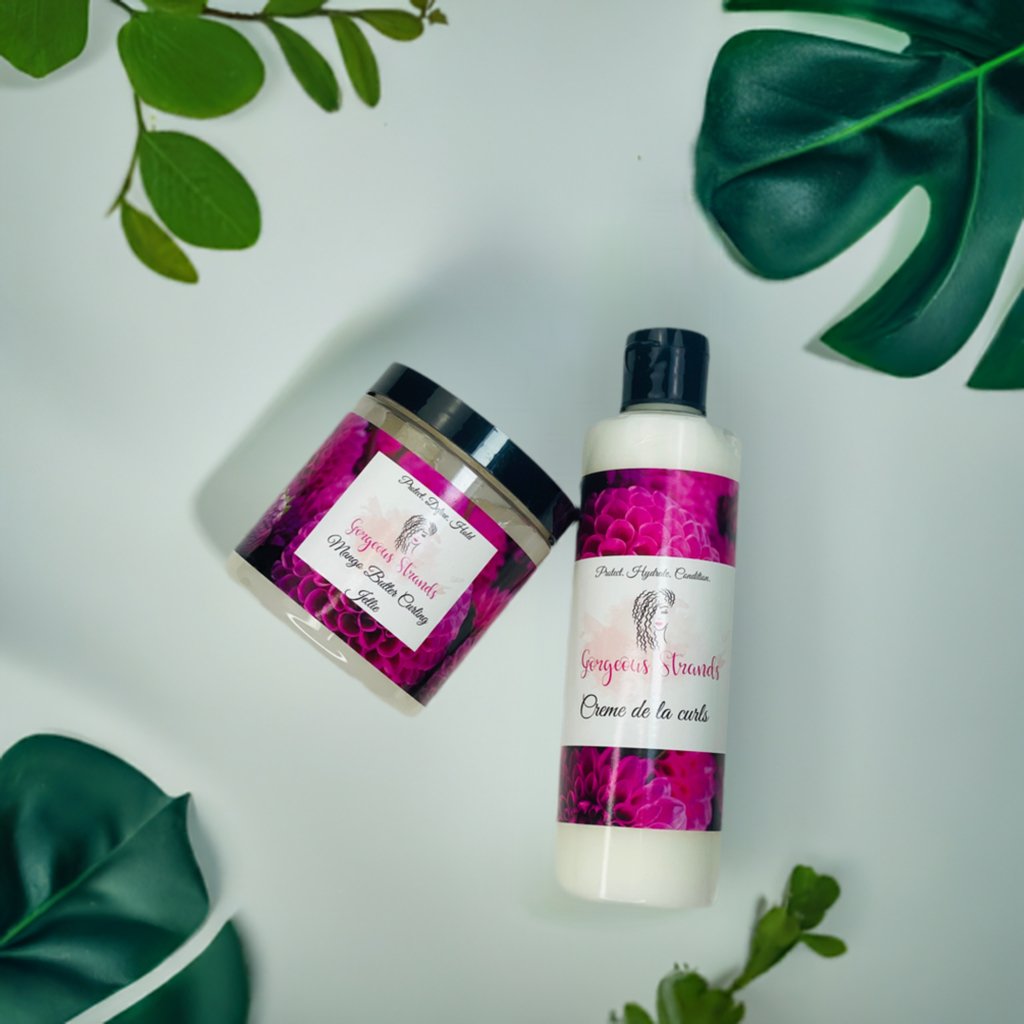
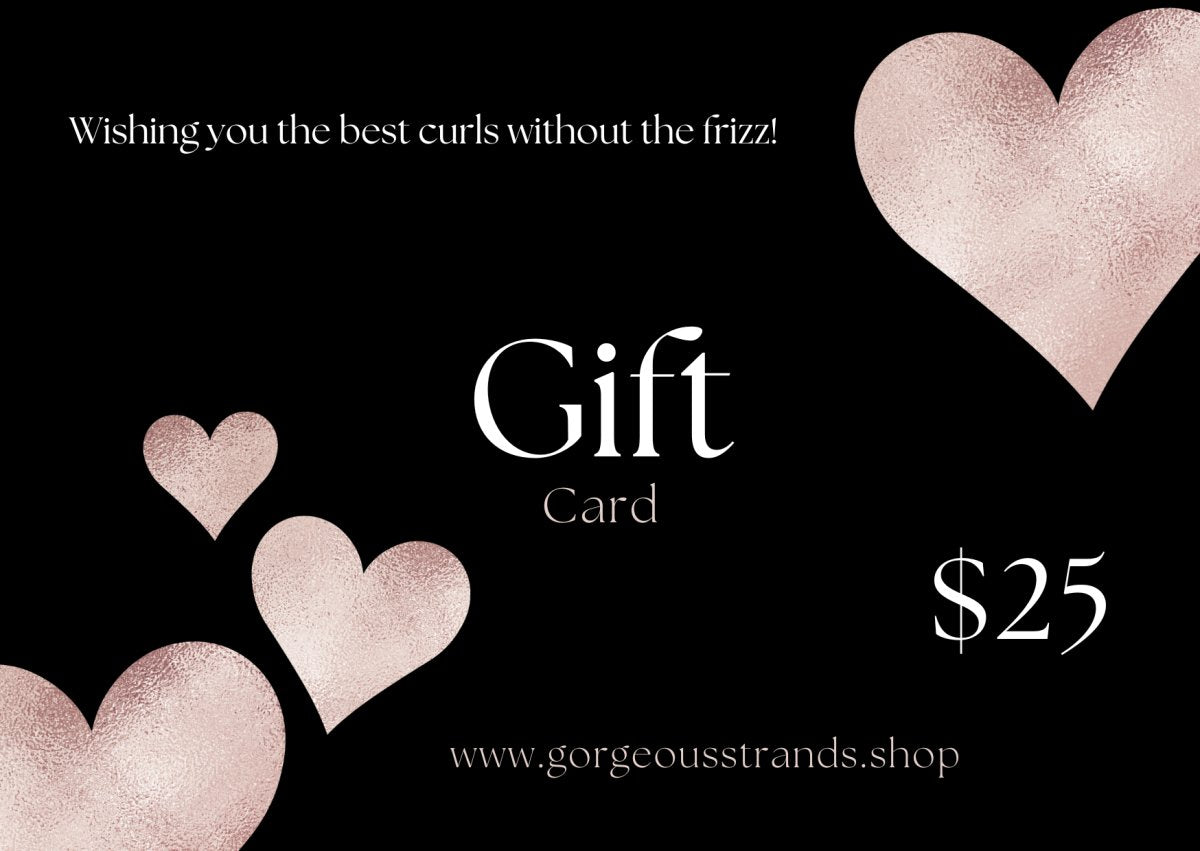
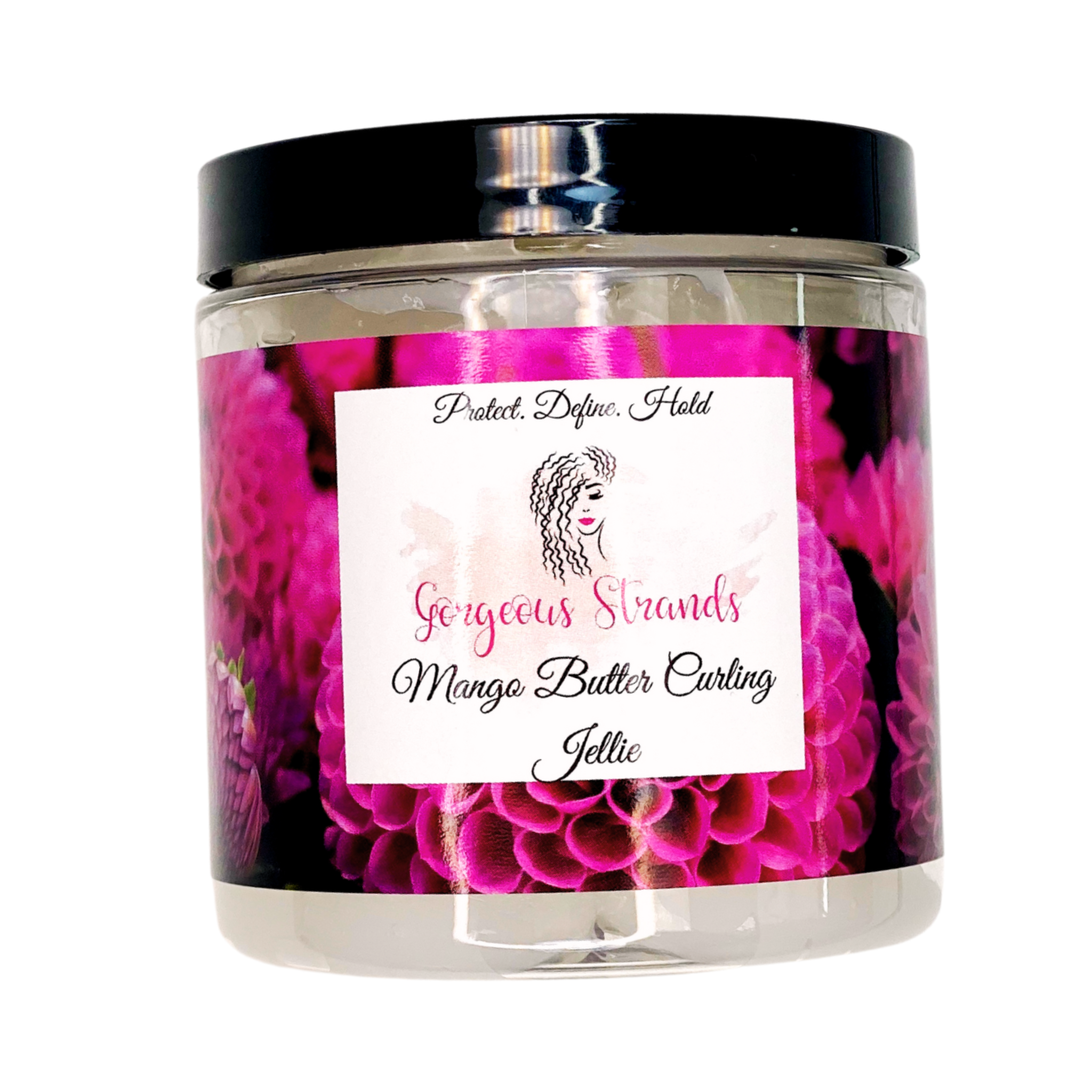
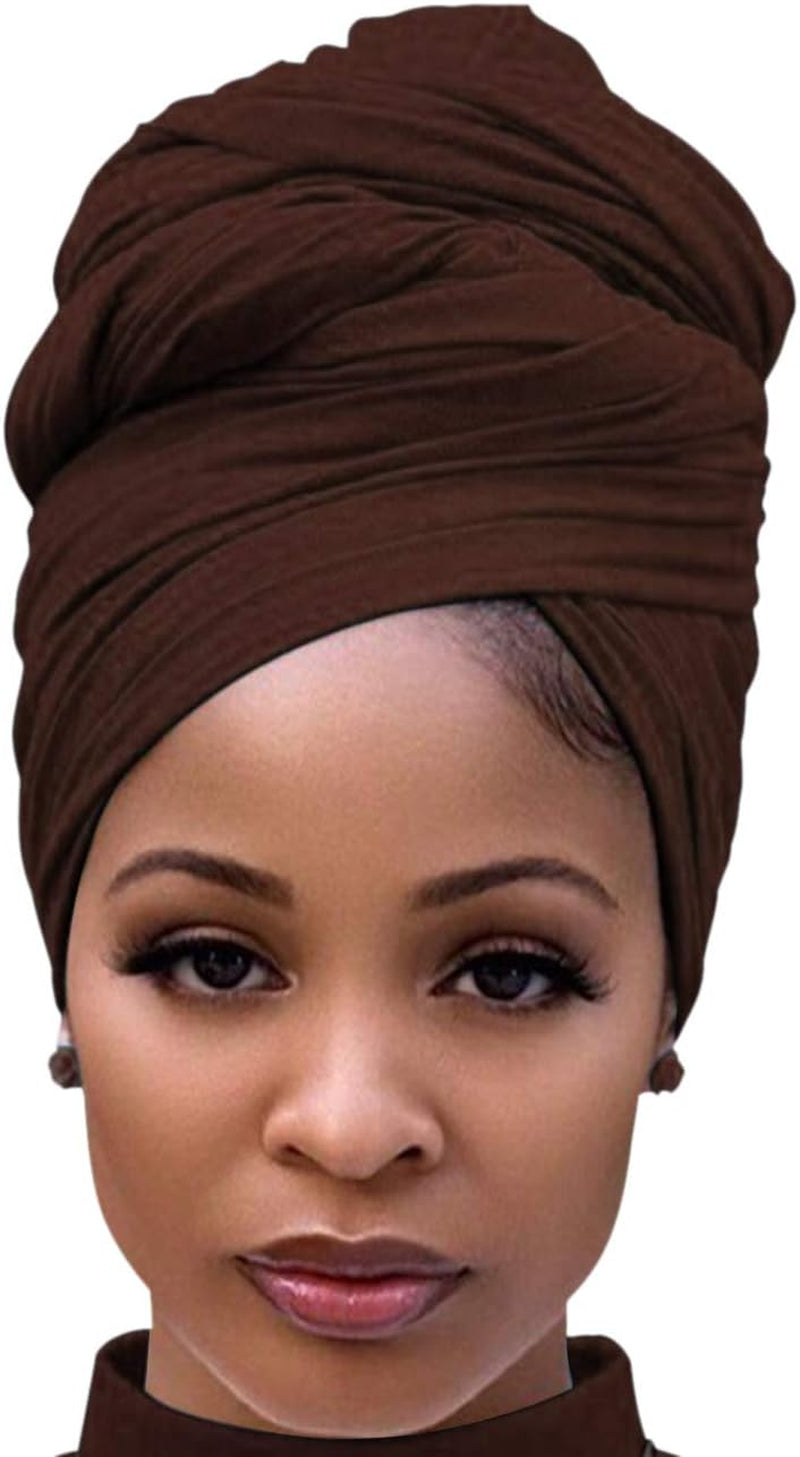
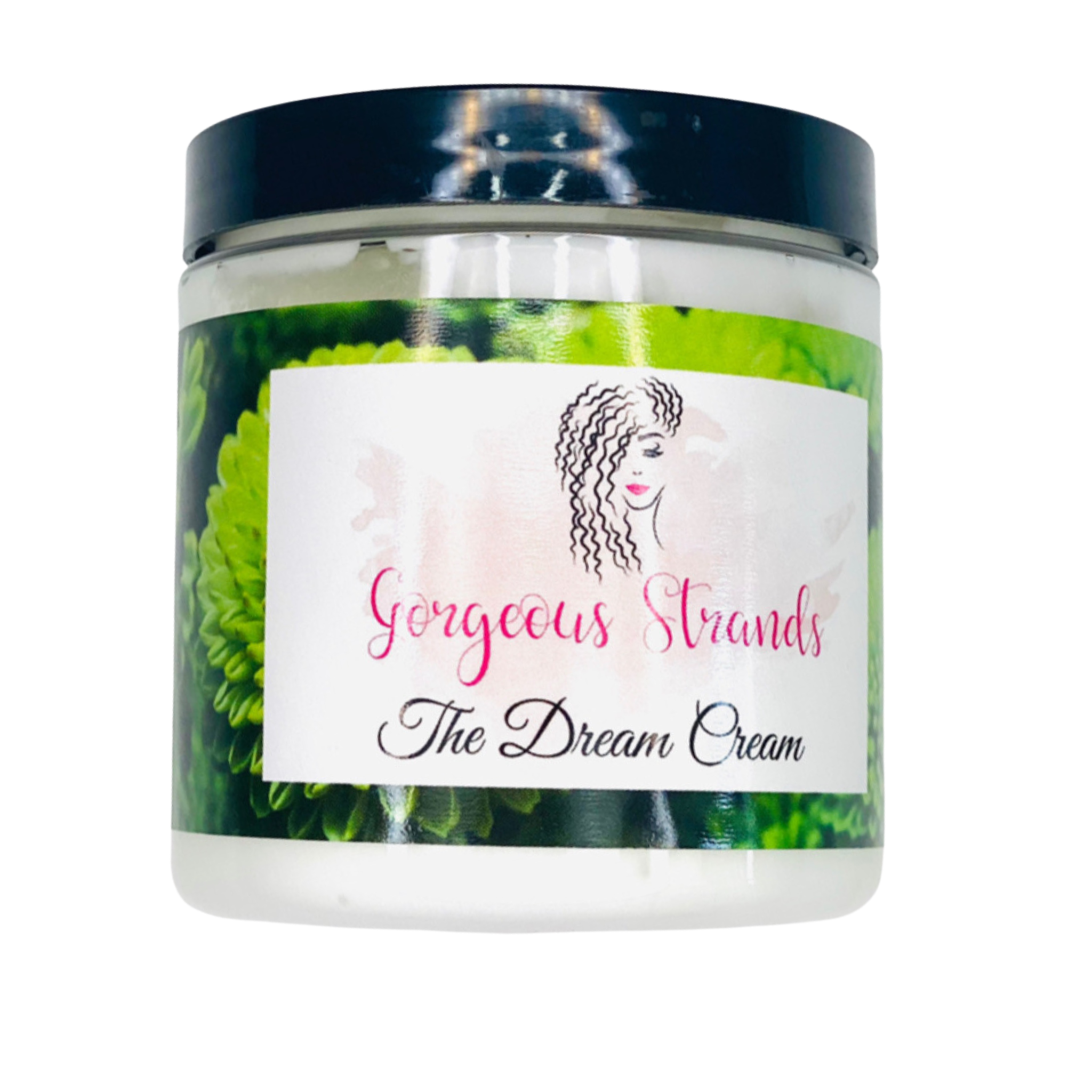
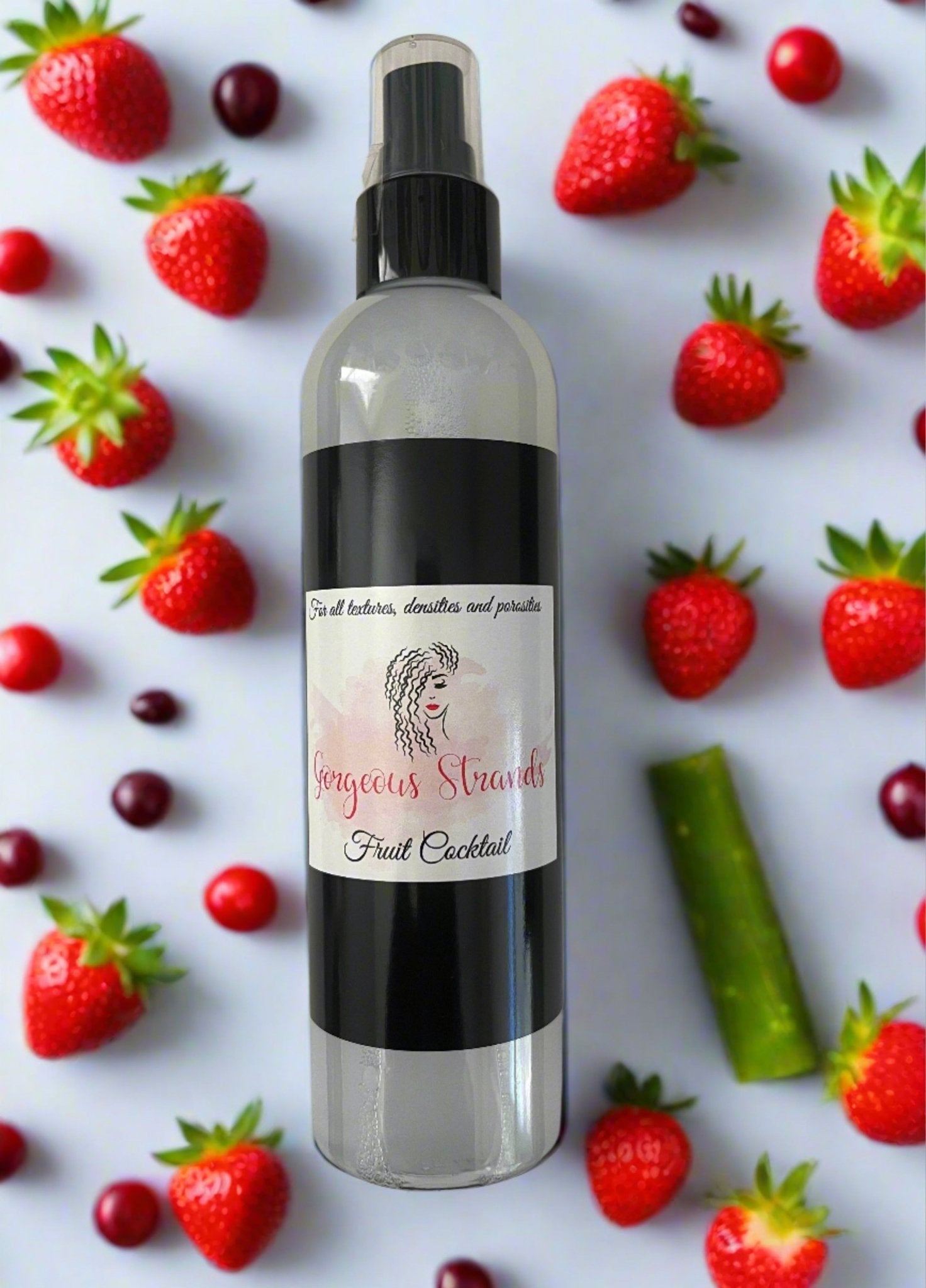
Kommentare